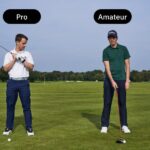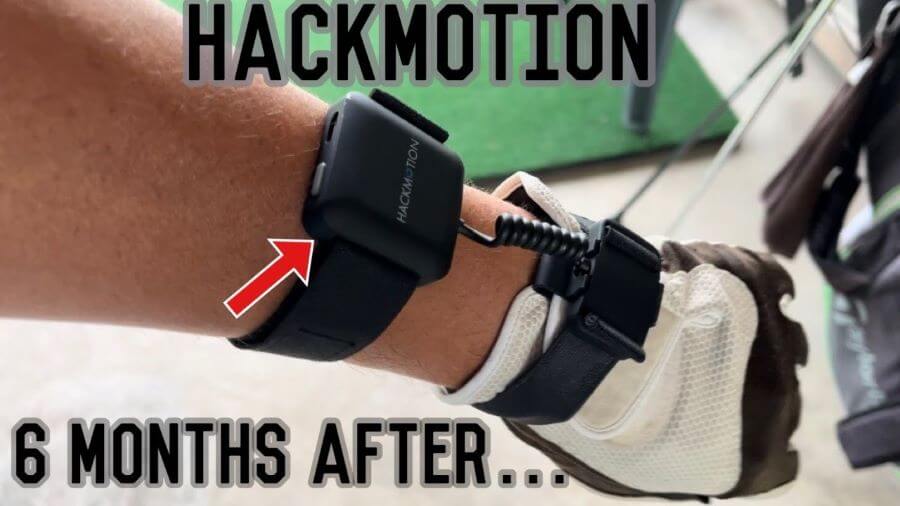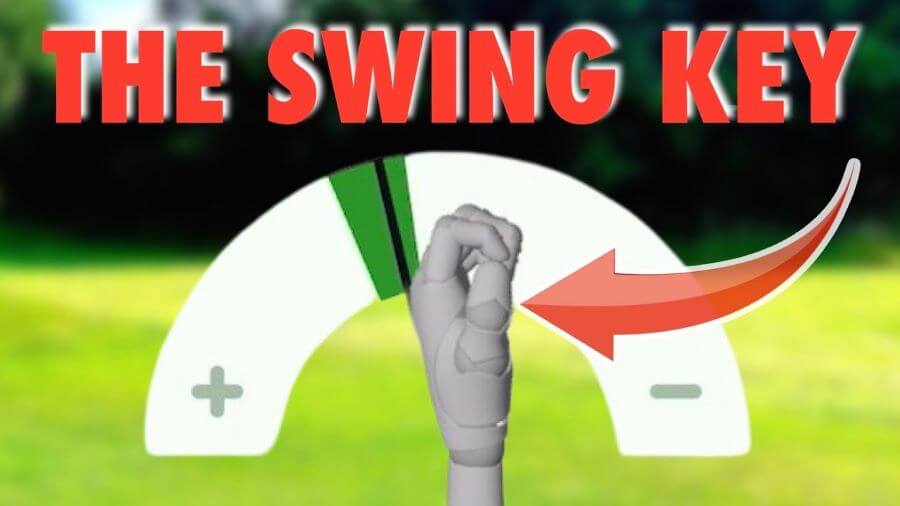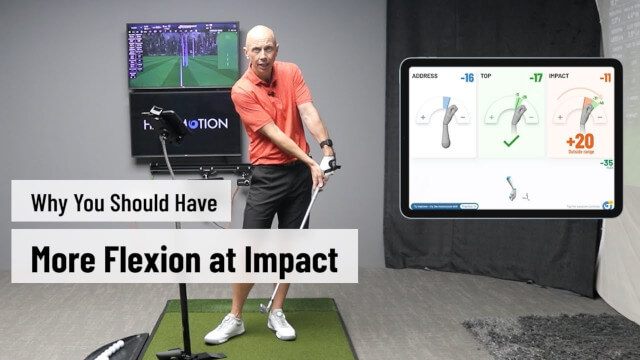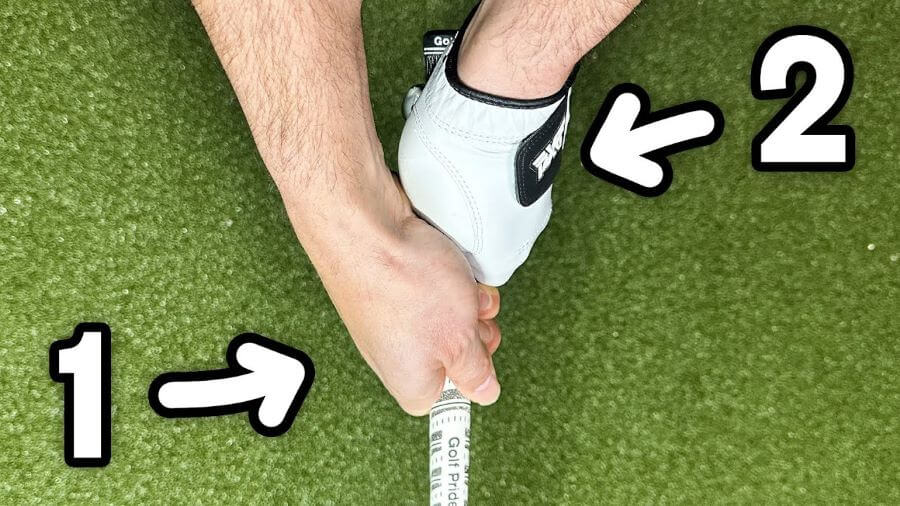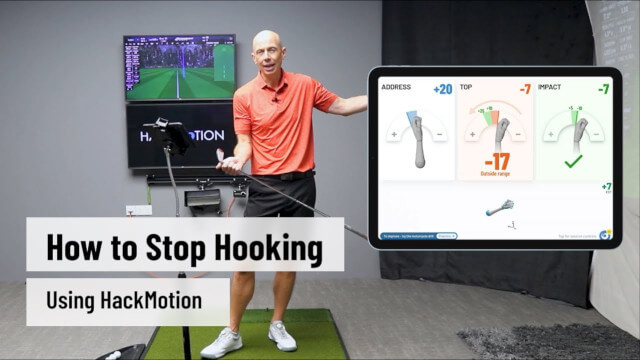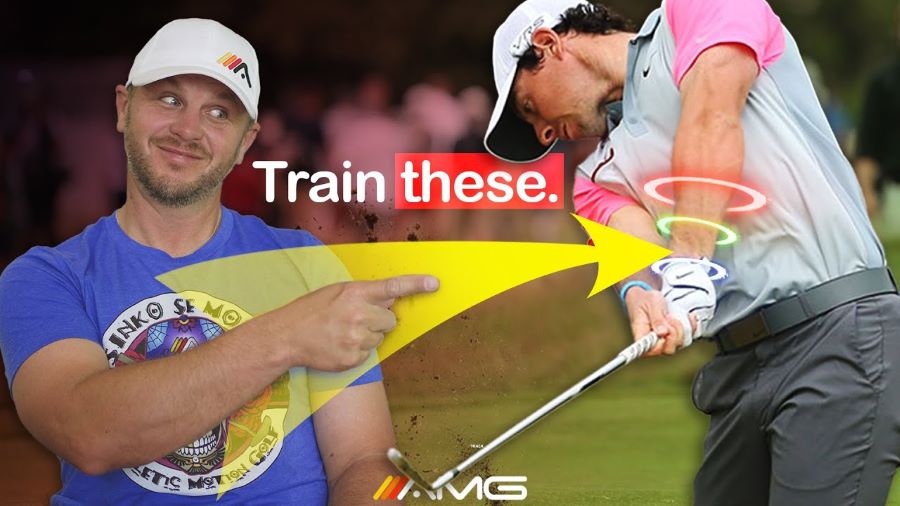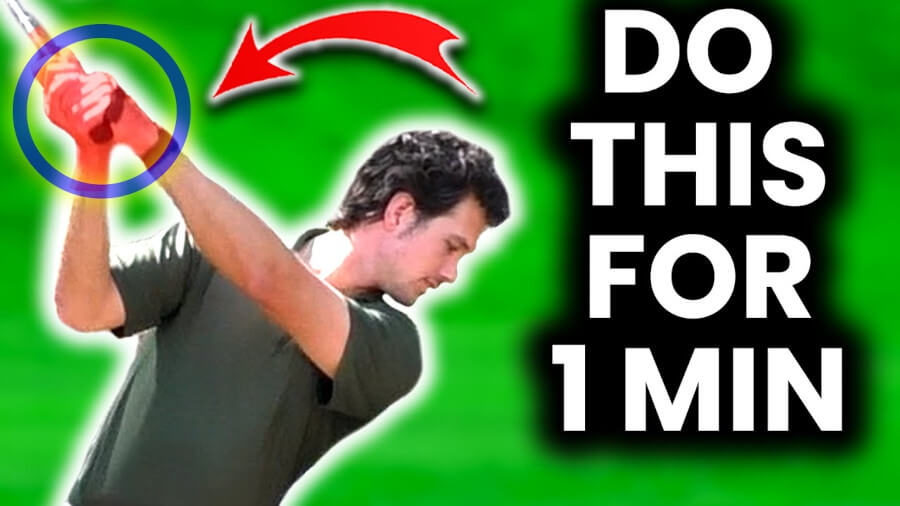What Causes a Hook and How to Fix It with HackMotion
They call the hook a miss of a better player. Although this may be the truth, it’s still a miss and still needs to be fixed.
If you are a golfer who hooks the ball, this video by coach Rob Cheney is one you won’t want to miss.
You’ll learn what causes your hook, how to fix it, and how improving your wrist action in golf will help with more than just straightening the ball out.
You can watch the entire video or benefit from our critical takeaways for now and come back to review the entire video later.
Key Takeaways on Fixing a Hook
Fixing a hook is a little bit of a process, but it starts with understanding what it is that causes the hook. Here are some of the key takeaways on the causes and fixes of a hook in golf.
- A hook is primarily caused by a closed clubface at impact; the closed clubface happens because of extensive flexion or bowing in the lead wrist.
- Adjusting the wrist angles and removing some flexion and ulnar deviation will help square the face and hit a straighter golf shot.
- Many golfers try to fix the hook by changing the swing path when, in reality, the issue is the club face; correcting wrist angles will fix the club face.
- The best way to measure and then improve your wrist action in golf is to use tools like HackMotion, which provide accurate results and readings.
- Wrist angles can be complicated to understand at first, but with 1,000,000 swings analyzed, the HackMotion patterns and guidelines can get you on track easily.
Why Fix the Hook in Golf?
The more common problem in golf is a slice. Most golfers are not good at rotating or squaring the clubface through impact. The fact that you are hitting a hook means you are capable of doing this. You are either overdoing it or doing it at the wrong time.
If you can slightly tweak the wrist angle, the result will be straighter and longer golf shots. Hitting a hook leaves you well left of your target, and it can even be the cause of shots that go out of bounds.
To fix the hook, you must ensure that your grip is correct, your clubface is not overly shut, and that you are properly rotating your lower body through the impact zone.
Fixing the hook will result in lower scores.
Drills to Fix a Hook
The best drill to fix a hook is to utilize the HackMotion biofeedback drill. The biofeedback drill lets you set a perfect range for wrist movement. If you stay within this range, you’ll know. If you move outside of the range, HackMotion makes you aware.
The goal is to use auditory feedback in real-time to guide your wrists back into the right position. With a square clubface, as you approach the ball, it will be easier to gain speed and additional yardage.
By slowly decreasing the amount of flexion in the lead wrist, you can hit straighter and more accurate golf shots.
Final Thoughts
Rob Cheney says, “Until you fix the club face, you’ll never be able to fix the swing path.” You can’t fix that clubface until you have the wrists figured out.
Start practicing with your HackMotion to control your wrist angles and hit longer and straighter shots.


